Evolution of Life – Ancient Earth
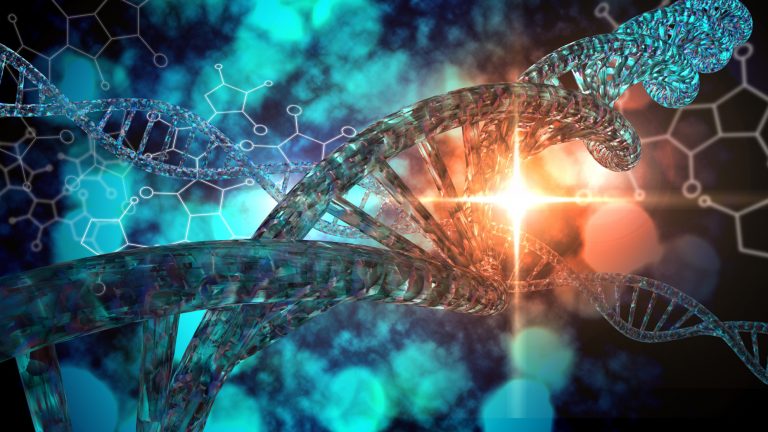
The first life forms on Earth were probably the ones with biomolecules carrying “genetic code”.
Table of Contents
Continuing from the previous tutorial investigating the origins of life on Earth….
Life began to flourish, and the autotrophic organisms had tapped a new niche allowing the biomass of Earth at the time to dramatically increase.
The autotrophs en masse were absorbing carbon and light. The light invariably would always be an available source for synthesizing energy, while the carbon was not.
CO2 was constantly being absorbed by these organisms, and after the biological reactions responsible for creating energy in them, oxygen would be released as a by-product.
Aerobic Organisms
This meant that oxygen began to accumulate in the oceans where life existed. This new material would, in turn, be taken advantage of by the adapting organisms, leading to the creation of aerobic organisms that used oxygen as a component of their energy creation. This is another example of life diversifying to adapt to its environment and exploit the niches that it could occupy.
This type of evolution continued, where the supply of potential energy making elements and compounds outstretched the requirements of life, therefore organisms continued to adapt to fill all available niches as opposed to competing with one another.
Infraspecific / Intraspecific Competition
Pathogens existed by this time and were able to leech resources from their single-cell hosts, kill them, and move on to the next host after multiplying. On top of this, resources for all organisms alive at the time were being stretched by the increasing population of species and also the diversity of unique species.
The exhaustible materials used by species were limited and they would have to ‘fight for their right’ to survive.
To do this, natural selection would give them a competitive advantage over other organisms and perhaps relieve stress caused by competition within the species (intraspecific).
Protists
One noted event in the origins of life is the emergence of protists. Although these organisms were single-celled like all other organisms, they were notably bigger, some being visible to the human eye. This adaptation must have been a selective advantage at the time, either over competitors or taking advantage of an ecological niche.
In fact, adaptive change is believed to be anatomical. Unlike other organisms, the protists contained cell organelles, which meant that a fundamental difference in the way life operated had arisen in the case of the protists. The occurrence of the protists was so unique that the diversity of them substantiates the Animalia and Plantae classifications because differentiating characteristics were noted, i.e. the presence of organelles.
Basically, protists are unique because they possess a nucleus which contains the genetic information of the cell and the organism. Previous species were more simple in their nature and did not possess such a complex cellular structure.
The next tutorial investigates how these protists survived in the times, progressing through our evolutionary timeline on Earth…..
You will also like...

Principles of Hormonal Control Systems
Hormones are essential in the regulation of the activity of the various biological systems of the human body. The ineffi..
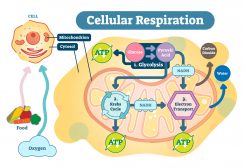
Cell Respiration
Cell respiration is the process of creating ATP. It is "respiration" because it utilizes oxygen. Know the different stag..
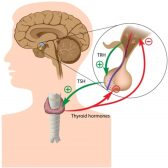
Hormone Production
Hormones are chemical messengers produced by specialized glands and they were produced by switching on the genes designe..
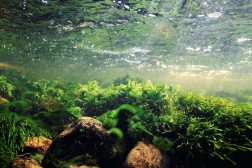
Lotic Communities & Algae
Lotic communities have conditions that are rather harsh for typical plants. Thus, the diversity of plant species in loti..
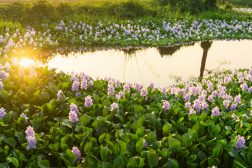
Still Water Community Plants
This tutorial looks at the adaptations of freshwater plants for them to thrive in still water habitats. Familiarize your..
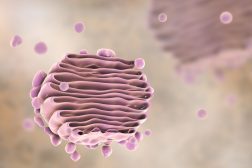
Role of Golgi Apparatus & Endoplasmic Reticulum in Protein Synthesis
The endoplasmic reticulum and Golgi apparatus are the organelles involved in the translation step of protein synthesis a..
